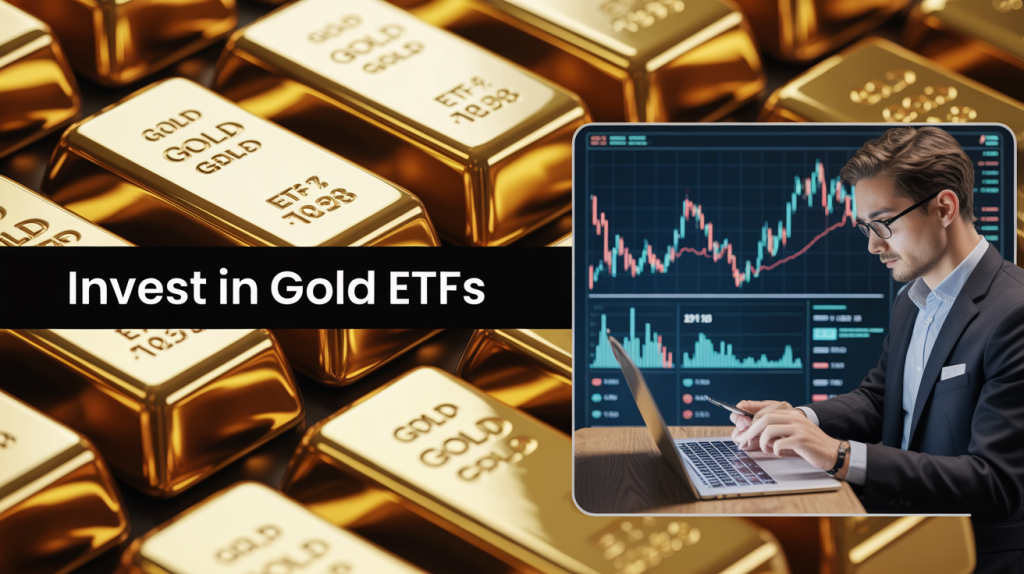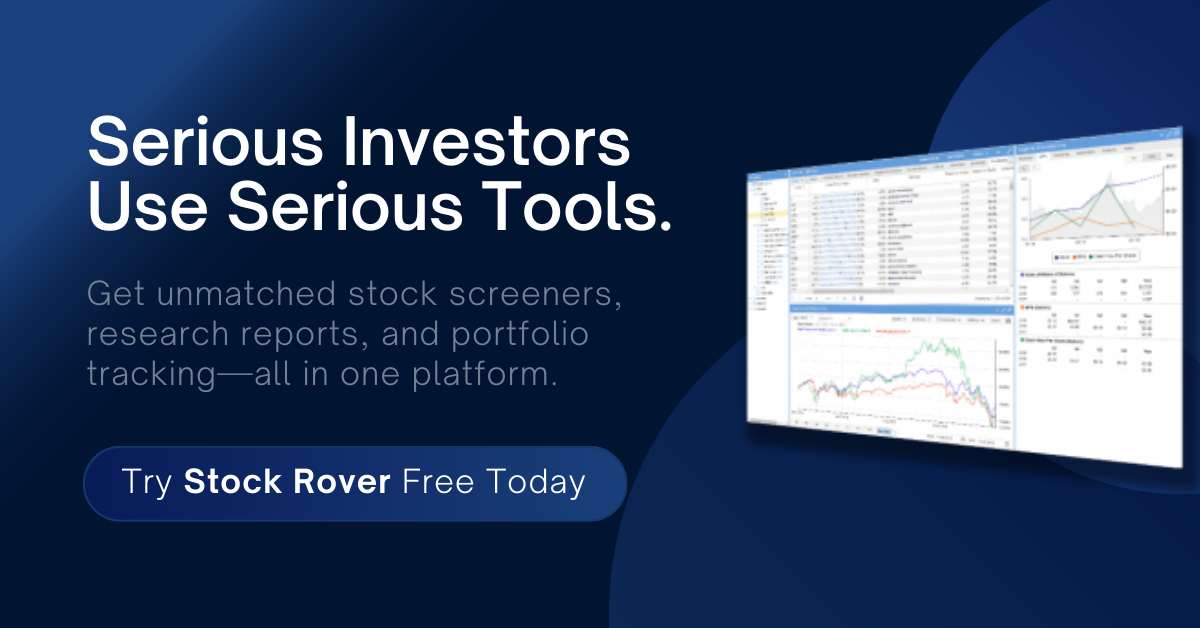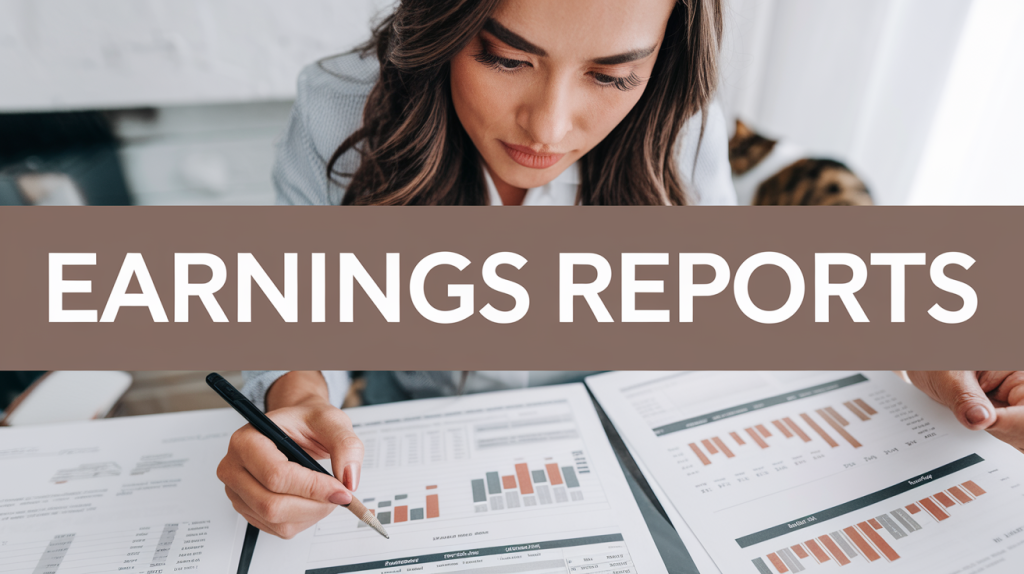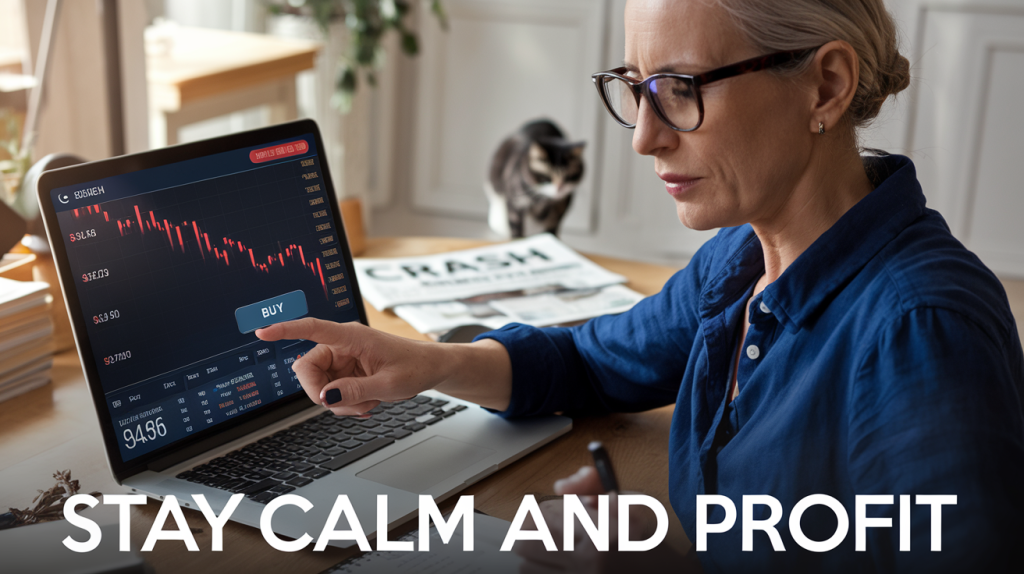
Gold isn’t just glitter anymore, it’s becoming strategy. Central banks are still battling the aftershocks of inflation, geopolitical tensions are mounting, and trust in fiat currencies continues to weaken, gold today has returned as a reliable portfolio anchor. Prices are rising, institutions are buying, and retail investors are finally catching on. But should you buy physical gold, or is it smarter to invest in a gold ETF?
This article helps you answer that question and shows you how to use gold exposure intelligently without becoming a doomsayer or a gold bug.
The Macro Tailwinds Behind Gold’s Current Surge
Before you decide how to invest in gold, it’s important to understand why it’s in high demand right now. This isn’t just about inflation or fear, it’s about a broader shift in how the world stores value.
Gold’s recent rally is driven by:
- Central banks aggressively increasing gold reserves (notably China and Russia). This trend started few years ago and has picked up pace.
- Heightened volatility in real interest rates and worsening fiscal outlooks in developed economies across Americas and Europe.
- Fragility of the U.S. dollar due to soaring deficits and political dysfunction. Investors are losing trust in the full faith and credit of the US government, which Moody’s recent downgrade of the US sovereign debt did not help.
- Global preference for hard assets amid declining confidence in sovereign promises
Gold has reclaimed its place as a neutral reserve asset. Gold ETFs make that exposure accessible, liquid, and tax-efficient.
Physical Gold vs. Gold ETFs: Which One Makes More Sense?
There’s undeniable appeal to holding physical gold. The weight of a bar in your hand can feel like ultimate security, until you need to sell it or protect it. In many Asian countries, there is 1000s of years of tradition of families converting wealth into gold jewelry which is passed down the generations. Gold jewelry is fairly liquid. However, such is not the case in the US and the market for Gold is less liquid.
Physical gold:
- Offers tangibility and zero counterparty risk
- Comes with high storage, insurance, and transaction costs
Gold ETFs:
- Offer liquidity, simplicity, and scalability
- Carry fund-level risks and modest expense ratios that are lower than the expenses in maintaining physical gold
For most investors, gold ETFs offer a better risk-adjusted and cost-effective way to gain gold exposure without sacrificing flexibility.
The Two Types of Gold ETFs, And Why It Matters
Not all gold ETFs are built the same. The most important distinction lies in how they track gold: physically backed versus derivative-based.
Physically Backed ETFs
These funds hold actual gold bars stored in secure vaults. They tend to track the spot price closely and are ideal for long-term investors. These ETFs are more conservative and track the metal faithfully.
Examples:
- SPDR Gold Shares (GLD)
- SPDR Gold MiniShares Trust (GLDM)
- iShares Gold Trust (IAU)
- Aberdeen Physical Gold Shares (SGOL)
GLDM is worth highlighting. It’s run by the same sponsor as GLD but has a significantly lower expense ratio (0.10% vs. 0.40%), making it a better fit for cost-conscious, long-term holders.
Derivative-Based ETFs
These funds gain exposure to gold using futures contracts and options. They come with additional risks like roll costs and performance drag over time.
Examples:
- ProShares Ultra Gold (UGL)
These are best used for short-term tactical trading, not strategic allocations.
Why Gold Is a Powerful Portfolio Diversifier
One of gold’s defining advantages is that it dances to its own beat. It tends to move independently of stocks, bonds, or other conventional asset classes, making it an effective hedge when traditional markets falter.
This is why many all-weather portfolios include gold. Take the Permanent Portfolio as an example. It assigns 25% to gold, 25% to stocks, 25% to long-term bonds, and 25% to cash. The logic? No matter the macro environment (inflation, recession, boom, or bust) at least one piece of the portfolio will work.
Gold’s function in these portfolios isn’t to deliver high returns on its own. It’s to provide ballast. When inflation soars or geopolitical tensions rise, gold tends to shine. That stabilizing effect is often enough to improve overall portfolio resilience.
Effective diversification isn’t about owning more assets, it’s about owning the right ones that respond differently to stress. Gold consistently does just that.
It’s why gold also plays a central role in our Dynamic Core Hedge Portfolio, exclusively available to Founder’s Club members. This portfolio is built to withstand changing economic conditions by combining low-correlation assets with value, momentum, and real asset exposures. Gold is the anchor that keeps the strategy steady when other components get tested.
The Top Gold ETFs You Can Buy Today
If you’re looking to gain exposure to gold through ETFs, here are the leading options, tailored to different investing goals:
Long-term exposure to spot gold:
- GLDM: Low-cost, physically backed, ideal for long-term retail investors
- IAU: Another low-fee option with strong liquidity
- SGOL: Physical gold stored in Swiss vaults for added jurisdictional diversification
- GLD: High liquidity, but higher expense ratio
Short-term tactical trades:
- UGL: 2x leveraged gold ETF, highly volatile
Tax-efficient accounts:
- Sprott Physical Gold Trust (PHYS): A trust structure that may offer capital gains tax treatment under specific scenarios
Another alternative is to invest in gold miners or gold miners index.
How Much Gold Should You Own?
Gold isn’t a growth driver. It’s a stabilizer. Many value-driven investors assign 5% to 10% of their portfolios to gold.
Because of its low correlation with equities and bonds, even a small allocation can improve overall risk-adjusted returns. Gold tends to perform best when other assets are under pressure, giving you dry powder and peace of mind.
The Outlook for Gold and Gold ETFs
While no one can predict short-term price moves, there are several long-term trends supporting gold:
- De-dollarization by global central banks
- Unsustainable debt levels and fiscal stress in developed economies
- Fragile global growth outlooks and systemic risks
- Increasing demand from both institutional and retail investors
These conditions suggest that gold will continue to play a key role in long-term portfolios. And gold ETFs offer the cleanest, most cost-efficient way to gain that exposure.
Final Thoughts: A Gold ETF Belongs in Every Serious Portfolio
Gold doesn’t generate cash flow. It doesn’t innovate. But it protects.
A gold ETF gives you an allocation to one of the few assets that can help you sleep well during financial storms. Whether you favor GLDM for its efficiency or SGOL for its secure Swiss vaults, the important thing is to make space for gold in your portfolio.
It’s not about fearing the future, it’s about being ready for it.
If your portfolio doesn’t include gold yet, now is the time to reconsider that choice. The markets are already shifting. The smart money has already moved.

Shailesh Kumar, MBA is the founder of Astute Investor’s Calculus, where he shares high-conviction small-cap value ideas, stock reports, and investing strategies.
His work has been featured in the New York Times and profiled on Wikipedia. He previously ran Value Stock Guide, one of the earliest value investing platforms online.
Subscribe to the Inner Circle to access premium stock reports and strategy insights.
Featured in:








